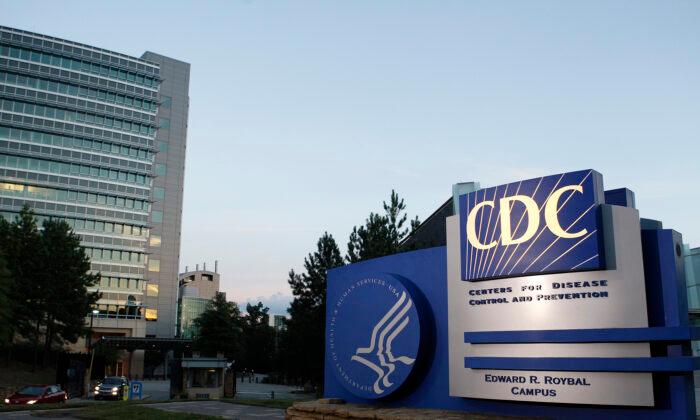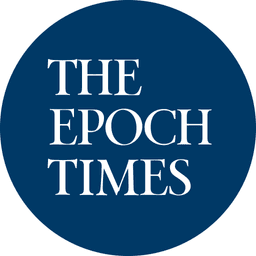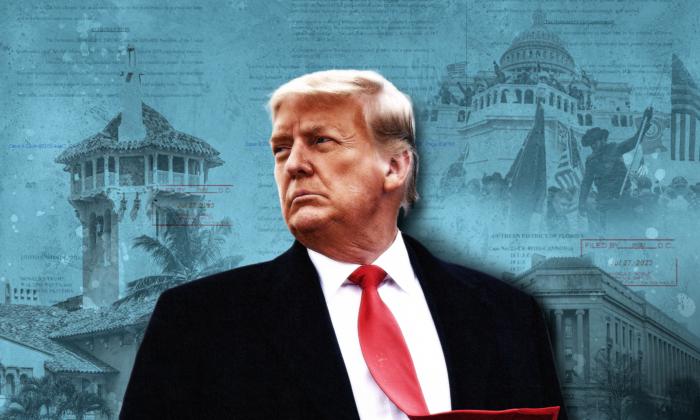Five months have elapsed since senior CDC scientist
Dr. William Thompson – who spoke out about the suppression of research results linking autism to early measles, mumps and rubella (MMR) vaccine administration – was prematurely outed without his permission by de-licensed British doctor
Andrew Wakefield. Yet one question still lingers: why did he do it?
The answer may lie in what Wakefield’s critics have accused him of being motivated by for the last decade: money.
Much of Wakefield’s personal income comes from his role as president of the Strategic Autism Initiative (SAI), a non-profit he runs for the purposes of funding autism research. However, only a small portion of SAI’s contributions actually went to autism research; the vast majority went into his pocket according to SAI’s latest available
990 form. He had also
solicited donations for a libel suit he filed in Texas that was eventually dismissed on jurisdictional grounds where he was ordered to pay defendants’ legal costs.
Contributions for both Wakefield’s lawsuit and his non-profit came from the very community of parents of vaccine-injured children who Wakefield claims to be helping. His image and relevance to that community are what help him receive money from that community. As his lawsuit was winding down, his hijacking of the CDC whistleblower story gave Wakefield just what he would have needed to reinvigorate his hero role to the very people who had come to follow him so devoutly. It would also give him yet another reason to solicit money from his supporters.
What started as the release of online
videos that mentioned the whistleblower by name and included surreptitious recordings of his voice became a
two-month campaign to raise money for a documentary film Wakefield said he was making about the whistleblower saga. Yet only $2,325 – far below the lofty goal of $230,000 – was actually raised. And despite an ongoing campaign by Wakefield’s supporters to circulate the whistleblower story on Twitter and other social media sites, those efforts have had no appreciable impact on the story’s exposure. Nonetheless, Wakefield succeeded in galvanizing support for himself from his own community of followers even though his interference in the story likely eliminated any chance of widespread media coverage.
Now in 2015, prospects of the whistleblower William Thompson being able to testify about the CDC’s role in suppressing research associating autism with MMR vaccination before Congress appears to be supported by little else than rumors on blogs. A recent outbreak of measles in Disneyland has led to
The Washington Post among other papers blaming the outbreak on Wakefield, dubbing him the “high priest” of the “anti-vaccine movement” despite never mentioning Thompson or any other examples of misconduct at CDC.
15 years after a researcher at CDC
concluded a causal vaccine-autism association in email to colleagues while
studying the mercury-based vaccine preservative thimerosal, media focus remains fixed on Wakefield thanks in no small part to his own actions. Not only does that benefit CDC, but Wakefield also stands to benefit by the reinforcement of his image as a “martyr” to his support base that still provides him with sympathy and financial backing.
Tragically, the people who do not benefit at all while suffering the most from this ongoing narrative are the very community of people that is still largely misguided enough to keep following him without examining his possible motives.





